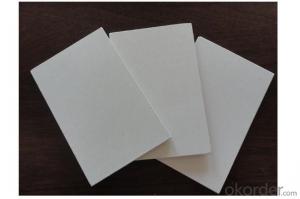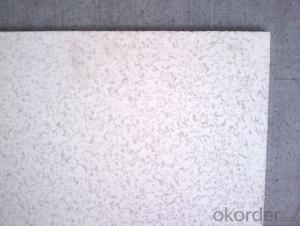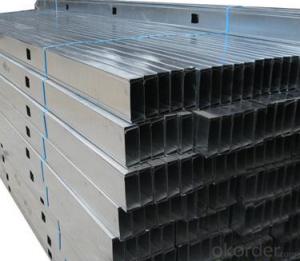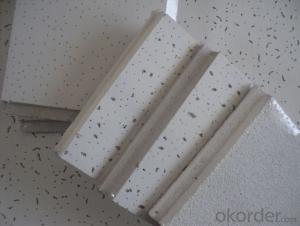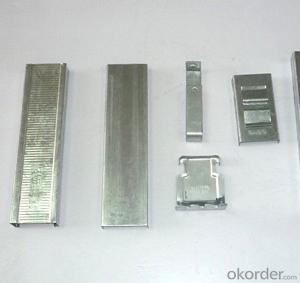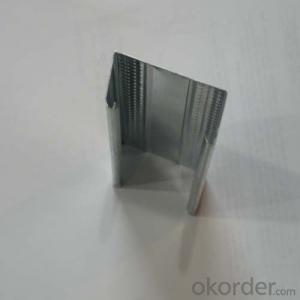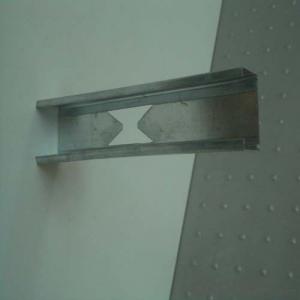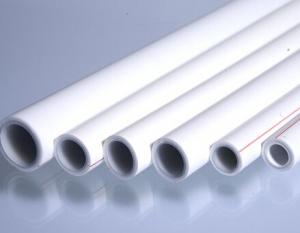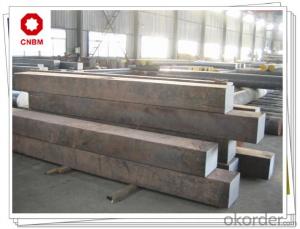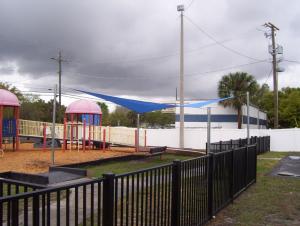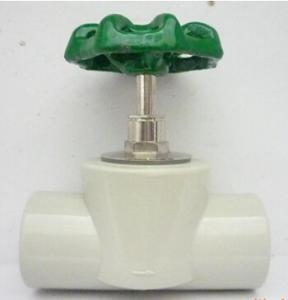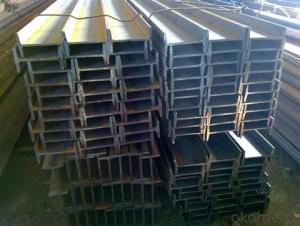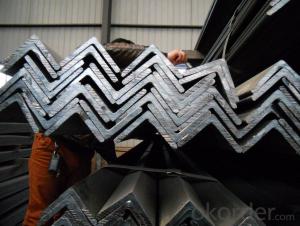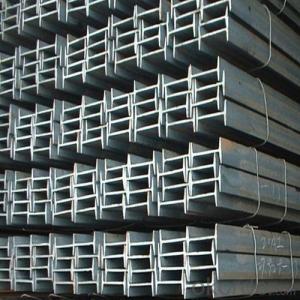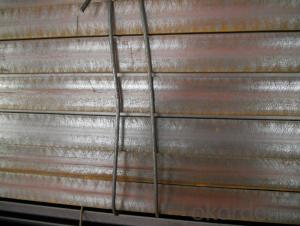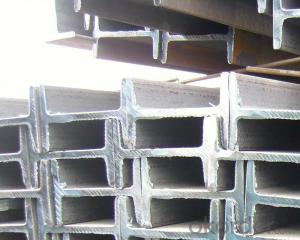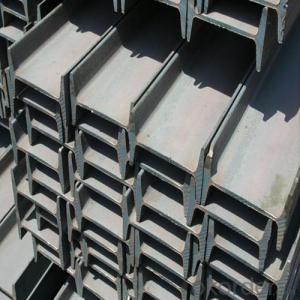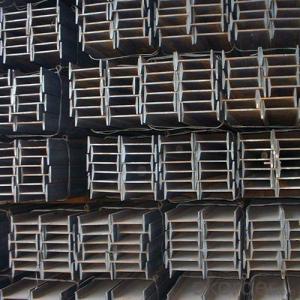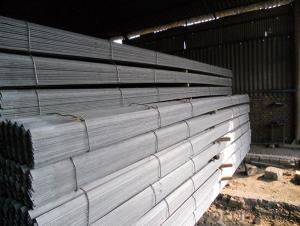Structural Columns And Beams
Structural Columns And Beams Related Searches
Wall Lights For Bedrooms High Carbon Steel Scrap High Quality Aluminum Foil Retaining Wall With Geogrid High Pressure Fiberglass Pipe High Quality Roofing Felt High Voltage Solar Inverter Stainless Steel Peg Board Stainless Steel Wall Plates Stainless Steel Wall ClockHot Searches
Price For Stainless Steel Scrap Scrap Price For Stainless Steel Price For Stainless Steel Cheap High Tea Sets For Sale High Density Fiberboard For Sale Price Of Shipping Containers For Sale Stock Price For Aluminum Air Pump For Aquarium Price Used Foam Board Insulation For Sale Price List For Building Materials Magnesium Oxide Board For Sale Hdf Board For Sale sintra board for sale Solar With Inverter Price Pedestal Fan With Water Spray Price Price Of Scrap Stainless Steel Price Of Stainless Steel Scrap Price Of Stainless Steel High Mast Light Price List Price For Stainless Steel ScrapStructural Columns And Beams Supplier & Manufacturer from China
Okorder.com is a professional Structural Columns And Beams supplier & manufacturer, offers integrated one-stop services including real-time quoting and online cargo tracking. We are funded by CNBM Group, a Fortune 500 enterprise and the largest Structural Columns And Beams firm in China.Hot Products
FAQ
- When it comes to cost and performance, steel I-beams and reinforced concrete beams each have their own advantages and disadvantages. In terms of cost, steel I-beams generally have a higher upfront expense compared to reinforced concrete beams. This is due to the higher cost of steel fabrication and installation, which includes factors like labor, transportation, and specialized equipment. On the other hand, reinforced concrete beams are typically more cost-effective initially because the materials used are relatively inexpensive and easily accessible. However, it is important to consider that the long-term maintenance and repair costs for reinforced concrete beams can be higher. Concrete may require regular inspections and potential repairs due to cracks or deterioration. In terms of performance, both steel I-beams and reinforced concrete beams have their own strengths. Steel I-beams are known for their high tensile strength, allowing them to withstand heavy loads and provide excellent structural support. They also offer more flexibility and can be easily modified or adjusted if necessary. On the other hand, reinforced concrete beams are known for their durability, fire resistance, and ability to withstand extreme weather conditions. They have good compressive strength and can handle high loads as well, but their tensile strength is relatively lower. Ultimately, the choice between steel I-beams and reinforced concrete beams depends on various factors, such as the specific project requirements, design considerations, budget constraints, and local building codes. It is crucial to consult with structural engineers and professionals to determine the most cost-effective and performance-oriented solution for a particular construction project.
- To calculate the moment due to torsion in a steel I-beam, you need to consider the geometry of the beam and the applied torsional load. The moment due to torsion is a measure of the twisting force acting on the beam. 1. Start by determining the torque applied to the beam. The torque is the product of the applied force and the distance from the center of the beam to the point where the force is applied. 2. Next, calculate the polar moment of inertia (J) of the beam cross-section. The polar moment of inertia is a measure of the beam's resistance to torsional deformation. It can be calculated using the formula specific to the I-beam cross-section. 3. Once you have the torque and the polar moment of inertia, you can calculate the moment due to torsion using the formula: M = T / (J * R) where M is the moment due to torsion, T is the torque, J is the polar moment of inertia, and R is the distance from the center of the beam to the outermost fiber. 4. It is important to note that the calculated moment due to torsion represents the maximum twisting moment that the beam experiences. This value will help in assessing the structural integrity and design of the beam, ensuring it can withstand the applied torsional load. 5. Additionally, it is crucial to verify if the calculated moment due to torsion is within the permissible limits specified by relevant design codes and standards. These limits ensure the safety and reliability of the steel I-beam under torsional loads. In conclusion, calculating the moment due to torsion in a steel I-beam involves determining the torque applied, calculating the polar moment of inertia, and applying the appropriate formula to obtain the moment due to torsion. This calculation aids in assessing the beam's ability to withstand twisting forces and ensures its structural integrity.
- Steel I-beams are widely used in construction due to their strength and durability. However, when it comes to seismic isolation, steel I-beams do not perform as effectively as other structural systems specifically designed for seismic resistance. One of the main reasons for this is that steel I-beams do not have inherent flexibility or damping characteristics, which are crucial for absorbing and dissipating the energy generated during an earthquake. During seismic events, the lateral forces and ground accelerations can cause significant stress on steel I-beams, leading to deformation and potential failure. In contrast, seismic isolation systems are specifically engineered to minimize the transmission of seismic forces to the superstructure. These systems typically include devices like isolators, dampers, or base isolators that provide flexibility and energy dissipation, effectively isolating the structure from the ground motion. While steel I-beams can be designed to resist seismic forces by incorporating additional measures such as cross-bracing or moment frames, they are not as effective as dedicated seismic isolation systems. These additional measures can increase the overall stiffness of the structure, potentially leading to higher forces transmitted to the building and its occupants during an earthquake. In summary, while steel I-beams are strong and commonly used in construction, they are not specifically designed for seismic isolation. For structures in seismic-prone areas, it is advisable to consider dedicated seismic isolation systems that are specifically engineered to provide superior performance and protection during seismic events.
- Residential remodeling or addition projects can indeed utilize steel I-beams. The reason behind this lies in the strength and durability of these beams, which are commonly employed as structural support. They can effectively replace load-bearing walls, create open-concept spaces, or provide support for additional floors or additions. Their remarkable ability to withstand heavy loads and span longer distances than traditional wood beams makes them the ideal choice. Moreover, their smaller profile compared to wood beams allows for greater design flexibility, thereby maximizing usable space in residential projects. Nevertheless, it is crucial to consult with a structural engineer or professional contractor to ensure that the steel I-beams are appropriately sized and installed, meeting the specific structural requirements of the project.
- What's the difference between I-beam and H section steel?
- H type steel with flange width, and narrow distinction, respectively represented by HW, HM, HN and web and flange size, species diversity, such as HM500x300x11x15, on behalf of waist high 500mm, 11mm thickness, flange width 300mm, thickness 18mm, this is in fact the theory of value with the actual deviation.
- Steel I-beams are highly effective in terms of deflection control. The design of I-beams allows them to distribute loads evenly, minimizing deflection and ensuring structural stability. Their strong and rigid nature helps them resist bending, twisting, and sagging, making them an excellent choice for applications where deflection control is crucial, such as in building construction and bridge engineering.
- The typical connection methods for steel I-beams depend on the specific application and the load-bearing requirements. However, some common connection methods include welding, bolting, and using steel plates or brackets. Welding is one of the most common and efficient methods for connecting steel I-beams. It involves melting the surfaces of the beams and fusing them together to create a strong and permanent bond. Welded connections provide excellent structural integrity and are often used in heavy-duty applications. Bolting is another widely used connection method for steel I-beams. It involves using bolts, nuts, and washers to secure the beams together. Bolting offers flexibility as it allows for disassembly and reassembly if needed. It is commonly used in construction projects where adjustments or modifications might be required in the future. Steel plates or brackets are often used to connect steel I-beams when additional strength or reinforcement is needed. These plates or brackets are usually bolted or welded to the beams to provide extra support. They can be used to strengthen connections at the ends of beams or to connect beams at different angles. It is important to note that the choice of connection method depends on various factors such as the load requirements, the structural design, and the specific project specifications. Consulting with a structural engineer or following industry standards and guidelines is crucial in determining the appropriate connection method for steel I-beams in a particular application.
- Yes, steel I-beams can be used for residential renovations. They are commonly used to provide structural support in home remodeling projects, particularly when removing load-bearing walls or creating open floor plans. Steel I-beams offer strength and durability, allowing for larger spans and minimizing the need for additional support columns or walls. However, the feasibility of using steel I-beams in residential renovations will depend on various factors such as the specific project requirements, budget limitations, and the expertise of the construction team.
